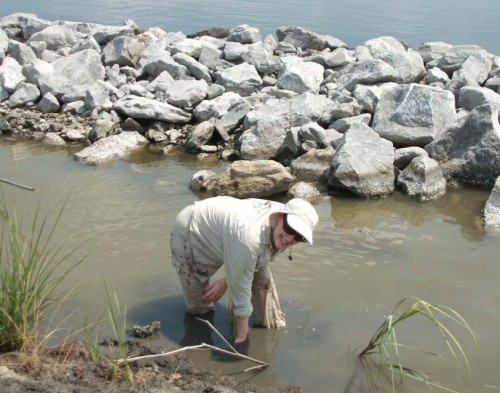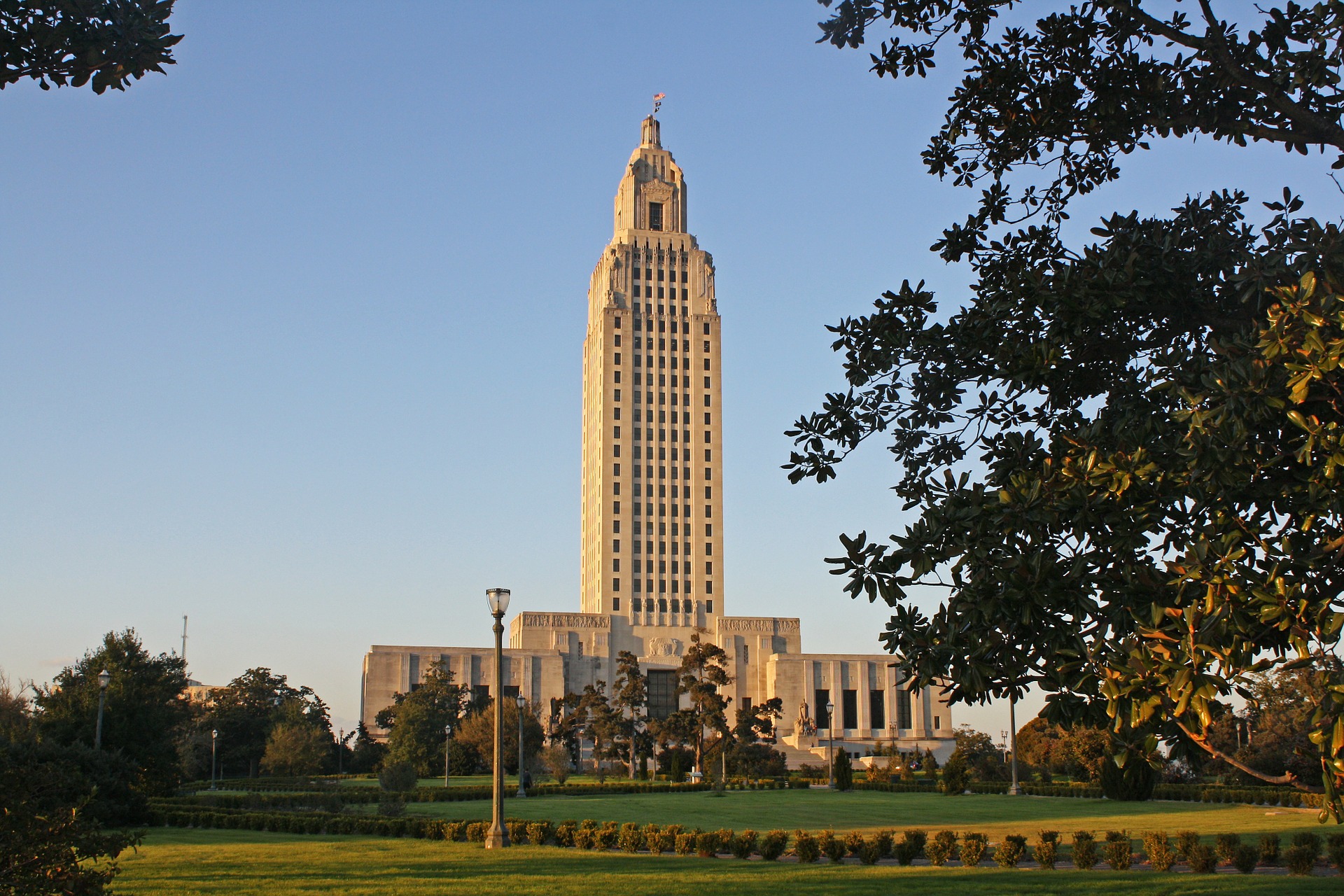Use your car to help reduce your environmental impact
December 3, 2010Looking for Santa? He’s everywhere!
December 4, 2010Leslie Sauzo got her first exposure to coastal issues while serving as a legislative assistant for former state Sen. Mike Robichaux during the 1990s.
Over time, her passion for Louisiana wetlands grew. She worked performing community and governmental interaction with the Barataria-Terrebonne National Estuary Program during the opening years of the 21st century.
By May 2005 she accepted a position with the Terrebonne Parish Consolidated Government, from which she will leave her current post as director of coastal restoration and preservation to enter the private sector as director of outreach and community engagement with environmental engineers Brown and Caldwell on Dec. 10.
“It was just an opportunity that presented itself,” Sauzo said. “The fact that it is going to a private sector firm is a little bit incidental in a way.”
Sauzo said that while still interested in expanding her career she wants to be more available for her aging mother, and felt that telecommuting out of the home would be a suitable arrangement. “By design, and it is for good reason, government entities can’t be quite as flexible as the private sector [when it comes to where one does one’s work].” she said.
“I’ll still be working on coastal issues. More in the planning arena as opposed to project implementation, which has been our focus in this office,” Sauzo said.
Sauzo said her experiences should serve her well as she enters a position that will require first hand interaction with state legislators, parish officials and coastal stakeholders.
While she anticipates the change, Sauzo is also taking note of the difference she expects while making the move from public sector to private industry.
“Whether you are working as an oil company exploring for oil and gas or trying to restore some of your property, [private industry] has to go through some kind of permitting process. So there are common areas whether you are private, whether you are public, whether you are doing some kind of restoration that maybe you would like to have an environmental assessment,” Sauzo said.
Sauzo went on to say that the one advantage the private sector has is being able to take action faster than government agencies. “Certainly for project implementation the private sector can get things done a little more quickly once their permitting is in place,” she said. “Depending on the size of a project they might not have to let out a bid. They may have ongoing contractual relationships with companies that can speed up construction timeframes. Or they might have the capacity to do things in-house that say a local government would not have.”
Sauzo said it is no secret how Louisiana has experienced coastal erosion and marshland damage by both man-made and natural causes. The fix, she said, would only come with some hard decisions and commitments.
“Certainly in the Terrebonne Basin sediment diversion from the Atchafalaya would be an obvious solution,” she said. “We have some particular challenges here because we are totally isolated now from our historic sediment and fresh water sources. We would need incredible amounts of sediment to reclaim significant land in the Terrebonne Basin.”
Sauzo said that the technology is available to make land improvements, but as is the case with many projects, it is a matter of where the public wants to spend its money and what other services they might have to forfeit because of it.
“Do we have the political will to make the commitment in time and financial resources to do what needs to be done?” Sauzo asked. “As a community we’ll need to be constantly reevaluating and reassessing our priorities and looking at what we can and cannot accomplish in terms of financial resources.
“Quite frankly, some of the ongoing research might say we don’t have as much natural sediment for some of our restoration projects as initially thought. Mainly because of impediments upriver … from the river states … that have restricted sediment flows,” Sauzo said.
This environmental expert explained that even the best plans could be wiped out in an instant if another Katrina or Gustav came along. “You might say, ‘Let’s take this fork in the road. Then tomorrow the fork is gone,’” she said.
Sauzo confirmed the elements of nature and unexpected disaster create a common challenge for environmental restoration and protection regardless if one is in the public or private sector.
“That makes this [career] opportunity particularly challenging and exciting,” Sauzo said. “The state has been working hard to develop assessment tools and prioritization tools to help us make better coastal decisions. I’m excited that I’m going to be getting a better glimpse of that.”
It is not uncommon for Leslie Sauzo to perform hands-on work as she did here when planting spartina on West Lake Boudreaux. As a coastal restoration expert, she is shifting her emphasis from the public sector to private while still striving to protect and restore Louisiana wetlands. COURTESY PHOTO









